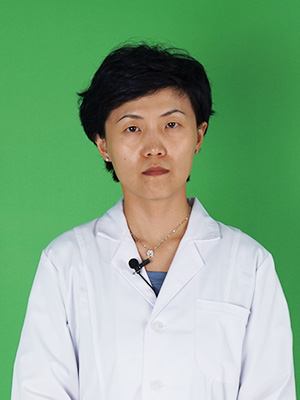How high should HCG levels be 16 days after fresh embryo transfer to be considered safe?
Under normal circumstances, HCG refers to human chorionic gonadotropin (hCG). After 16 days of fresh embryo transfer, an hCG level greater than 400 mIU/mL is considered safe. The details are as follows:
Fresh embryo transfer is an assisted reproductive technology commonly used to treat infertility. A few days after the transfer, doctors perform a blood test to measure human chorionic gonadotropin levels in order to evaluate embryo implantation and pregnancy status. Generally, an hCG level exceeding 400 mIU/mL by day 16 is regarded as a reassuring sign.
After fresh embryo transfer, the embryo must successfully implant into the uterine lining and form a gestational sac. This process typically takes 5 to 10 days. In the early stages of gestational sac formation, the embryo begins to secrete human chorionic gonadotropin. Measuring hCG levels helps determine whether implantation has occurred successfully.
An hCG level below 400 mIU/mL may indicate failed implantation or abnormal embryonic development, suggesting a lower likelihood of successful pregnancy. Conversely, when hCG exceeds 400 mIU/mL, it is more strongly associated with a normal pregnancy and a higher chance of success. Therefore, physicians often use 400 mIU/mL as a benchmark for assessing safety.
In summary, 16 days after fresh embryo transfer, an hCG level above 400 mIU/mL is generally considered a relatively safe indicator. However, individual cases should be evaluated comprehensively, taking into account additional factors and the professional judgment of the physician.




